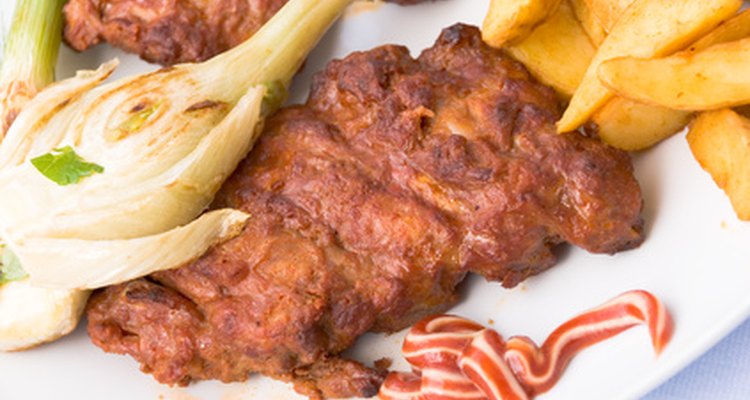
Spareribs-BBQ Ribs with POtatoes image by Svenja98 from Fotolia.com
Boneless pork ribs are usually not ribs at all, but portions of the shoulder or the loin, cut into rib-like shapes and marketed as "country-style" ribs. They're meaty and delicious when prepared well, and typically less fatty than true ribs. They're also a better value by weight, since you're not paying for inedible bones. Fresh boneless ribs can be cooked immediately, but if you purchase them frozen you'll need to safely defrost them first. The U.S. Department of Agriculture recognizes four ways to do this.
Refrigerator Thawing
To minimize the risk of food-borne illness, foods should always be kept out of the temperature "danger zone," which is between 40 and 140 degrees Fahrenheit. This makes the refrigerator an ideal place to thaw your ribs, since it's designed specifically to keep foods below 40 F. Place the ribs in a bowl or container to prevent them from dripping on other foods, and leave them in the refrigerator until they're fully thawed.
Thawing in Water
If you don't have the time to defrost your ribs in the refrigerator, you can use the cold water method. Place the ribs in a bowl or basin large enough to keep them submerged. Fill the bowl with cold water. If the bowl will fit in your sink, run a continuous slow trickle from the cold tap to keep the water circulating. If this isn't possible, change the water every half hour until the ribs are fully thawed.
Microwave Thawing
Most microwave ovens offer the option of defrosting foods by weight, or using a quick-defrost function that allows you to defrost by time. Neither of these is ideal, because microwave ovens heat unevenly. They create warmer areas within the package of pork, which often rise above the safe temperature threshold of 40 F. Minimize this risk by turning the ribs frequently as they defrost, and only using the microwave to thaw ribs on the day they'll be cooked.
Don't Defrost
The fourth alternative is to not defrost the ribs at all, and simply cook them from their frozen state. This eliminates any food safety risks from the thawing process, but it does limit your cooking options. Don't use a slow cooker or an overnight smoker to prepare frozen ribs, because they'll take too long to rise above a food-safe 140 degrees Fahrenheit. Instead, grill or bake the ribs. They'll take up to 50 percent longer than usual to cook, but will be safe to eat when they're finished.
Related Articles

How to Steam Pork Ribs

How to Quickly Cook Fork-Tender Ribs

How to Defrost Bulk Pork Sausage
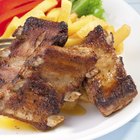
How to Reheat Beef Ribs

Do You Thaw Hamburger Patties Before ...

How to Barbecue Ribs With a Gas Grill

Food Safety Tips for Frozen Pork

How to Cook Boneless Country Spare Ribs
Do I Cook Ribs Before Putting Them on ...

How to Cook BBQ Pork Ribs Quickly
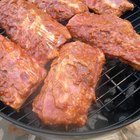
How to Cut Country Style Pork Ribs

The Best Way to Cook Pork Shoulder Ribs ...

How to Boil Baby Back Ribs Before ...
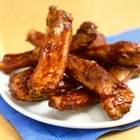
How to Bake Spare Ribs Before BBQing

How to Cook Wild Boar Ribs
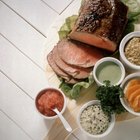
How to Defrost a Frozen 4 Lb Roast

Thawing Lobster Tails
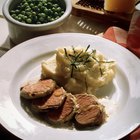
How to Cook Marinated Pork Loin From a ...

How to Grill Ribs on a Charcoal Grill

How to Cook With Pork Jowl
References
Writer Bio
Fred Decker is a trained chef and prolific freelance writer. In previous careers, he sold insurance and mutual funds, and was a longtime retailer. He was educated at Memorial University of Newfoundland and the Northern Alberta Institute of Technology. His articles have appeared on numerous home and garden sites including GoneOutdoors, TheNest and eHow.
Photo Credits
Spareribs-BBQ Ribs with POtatoes image by Svenja98 from Fotolia.com